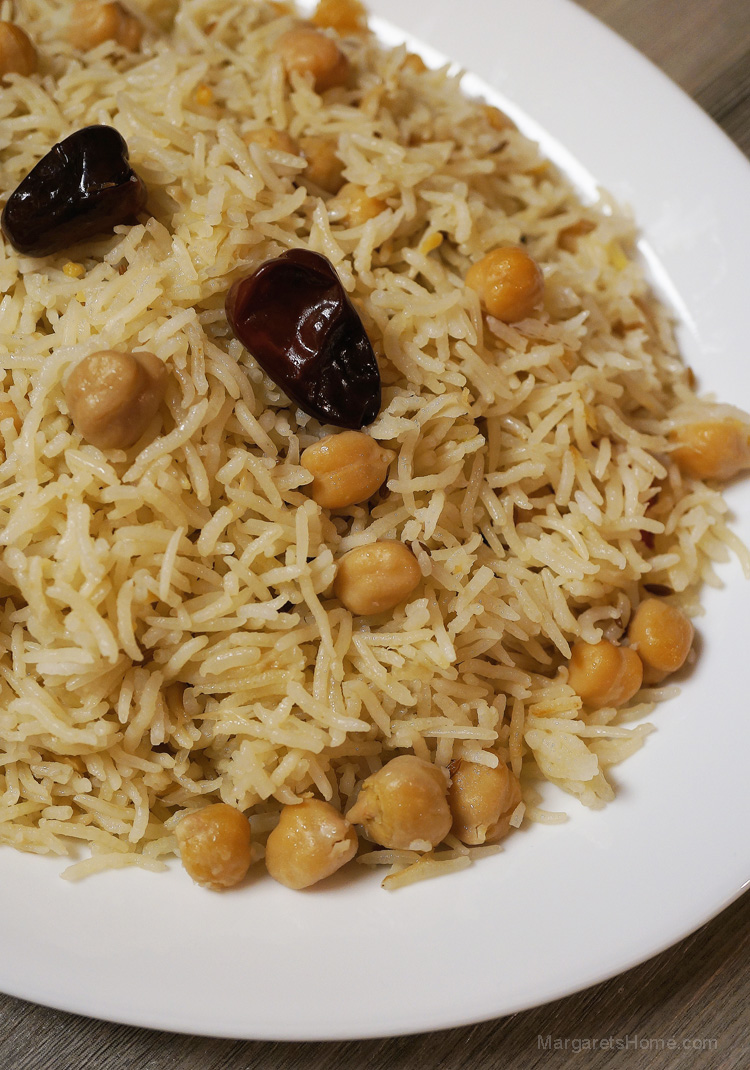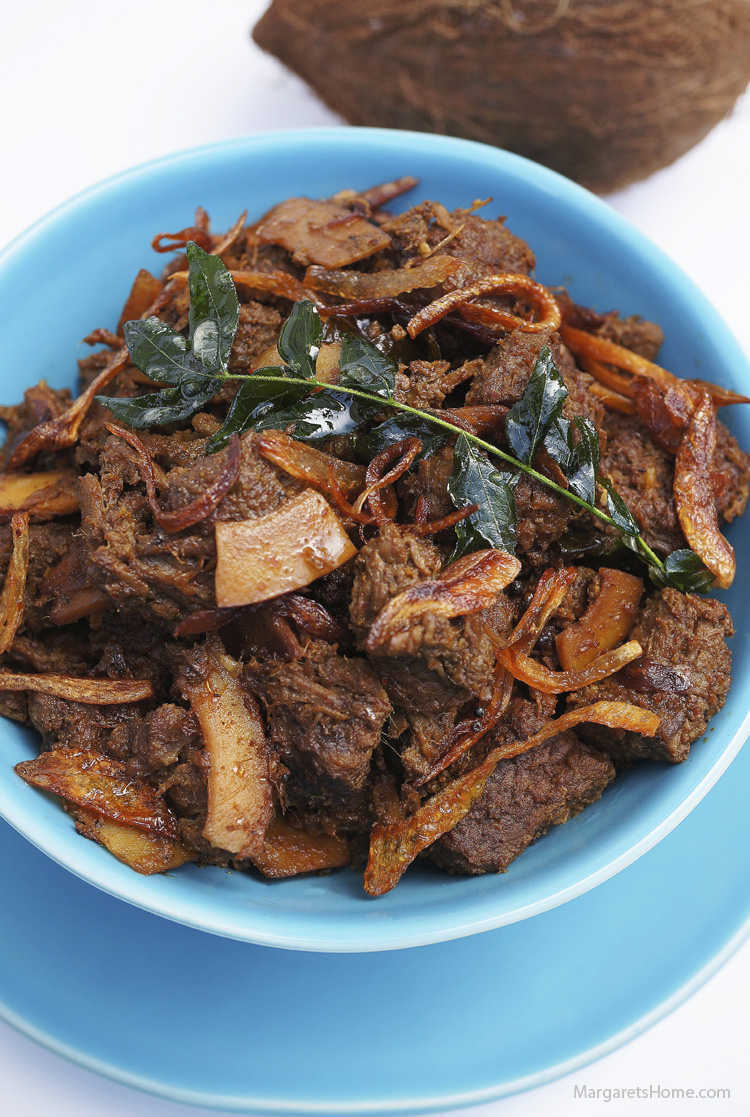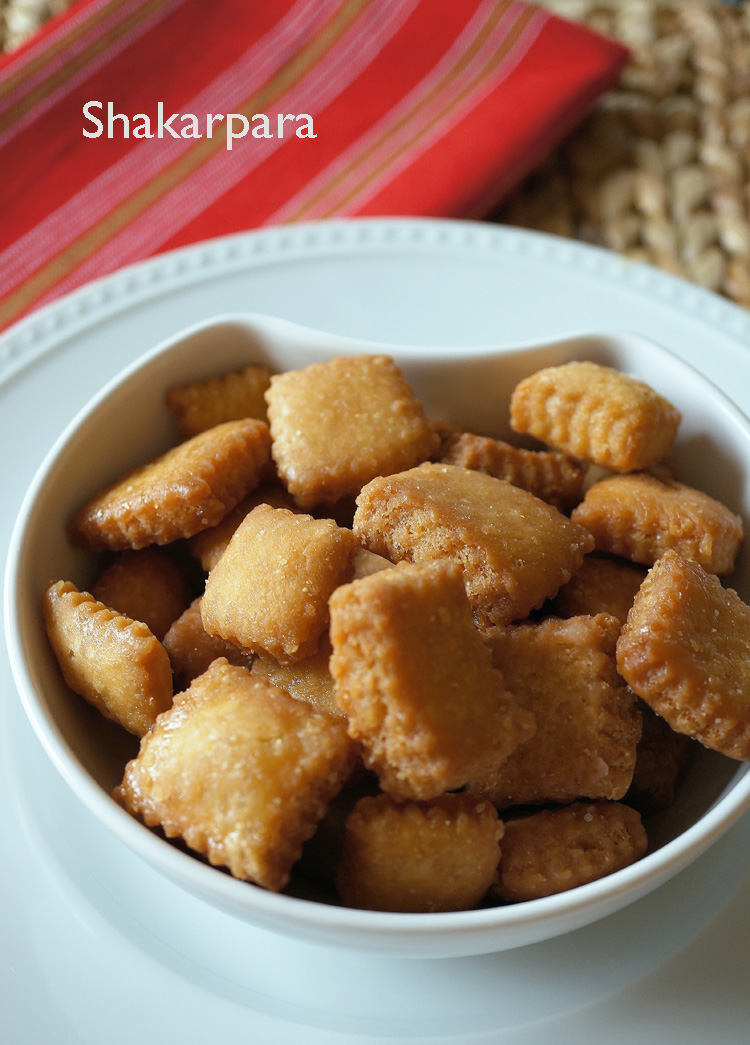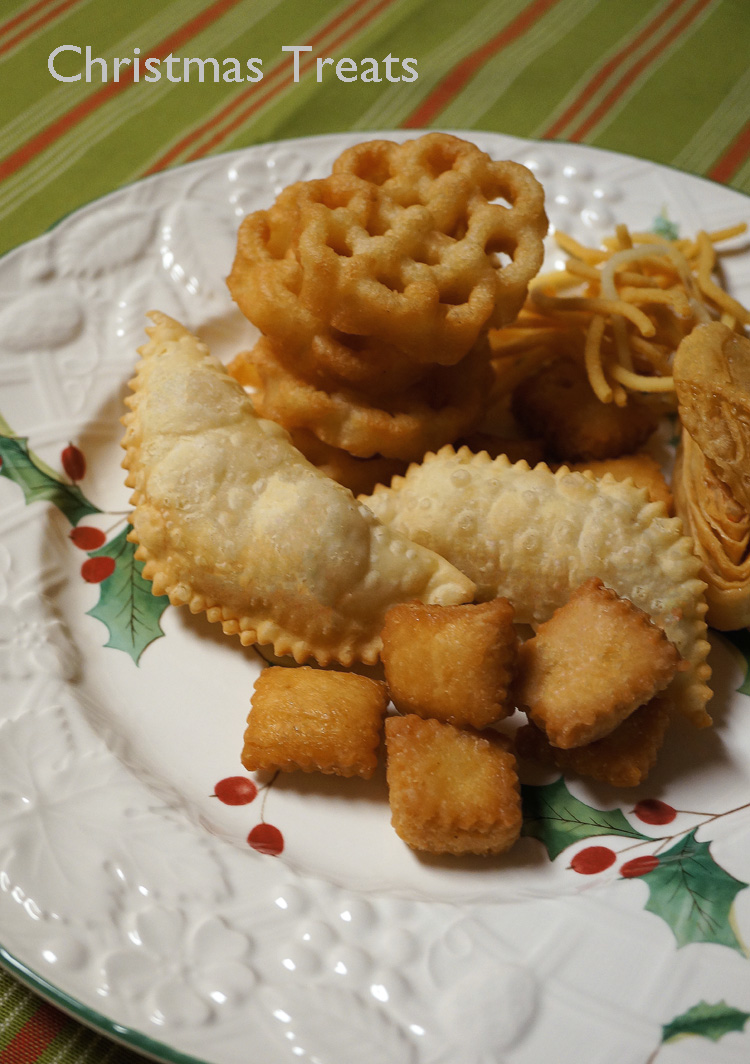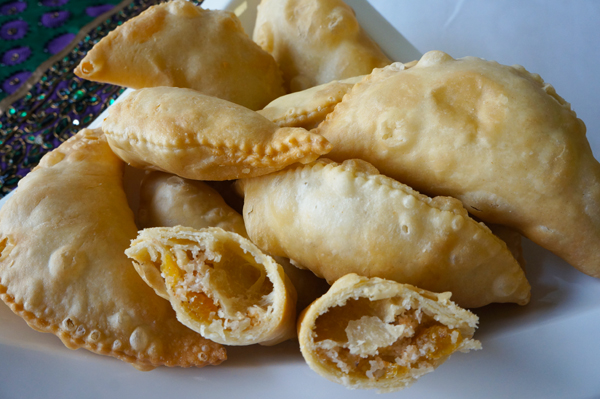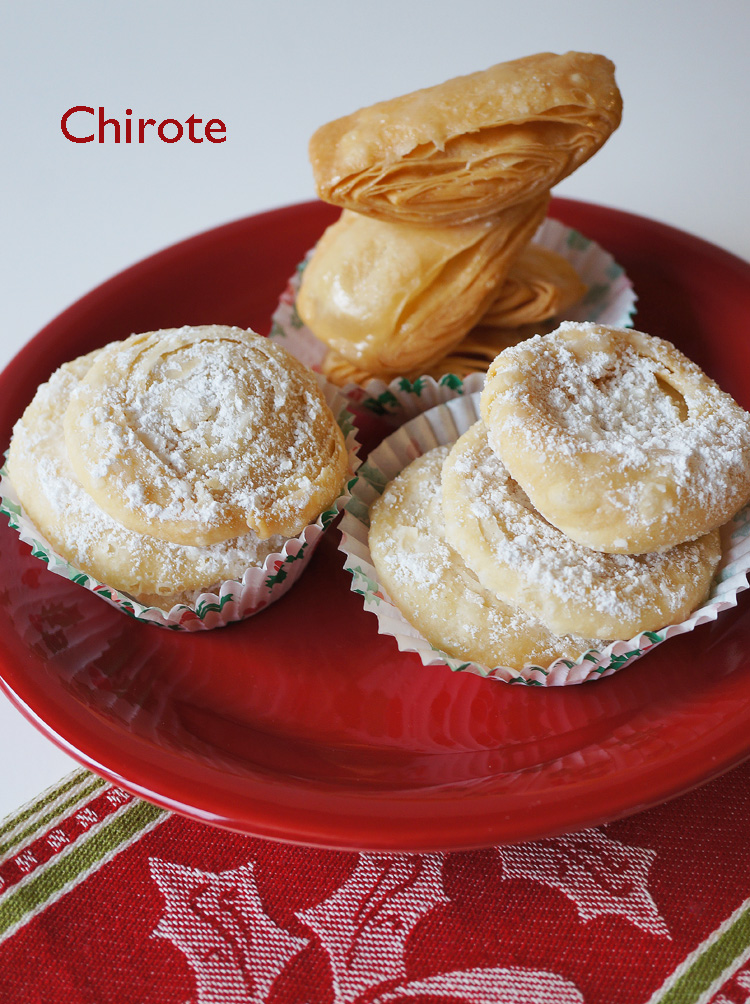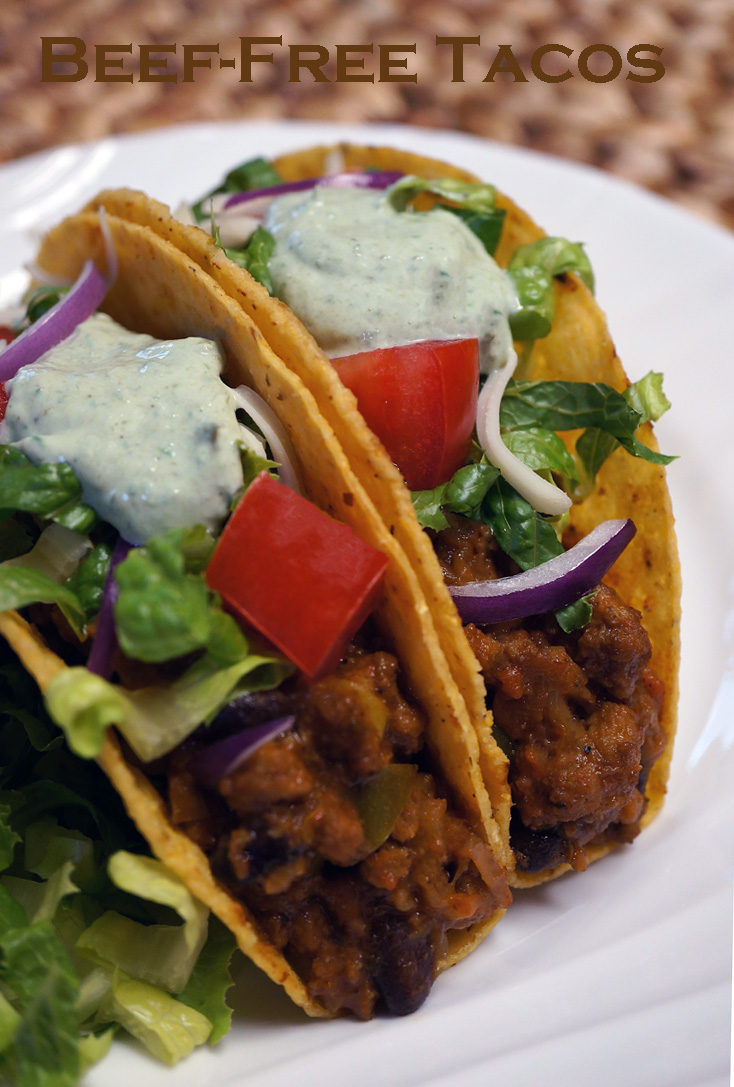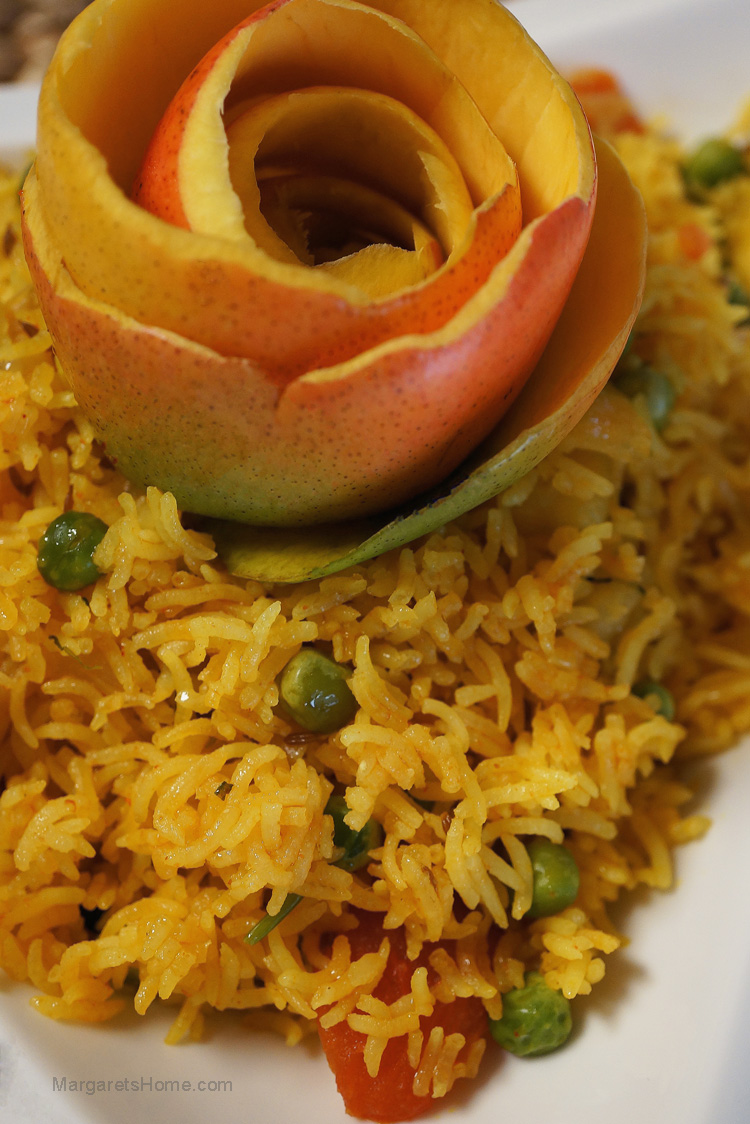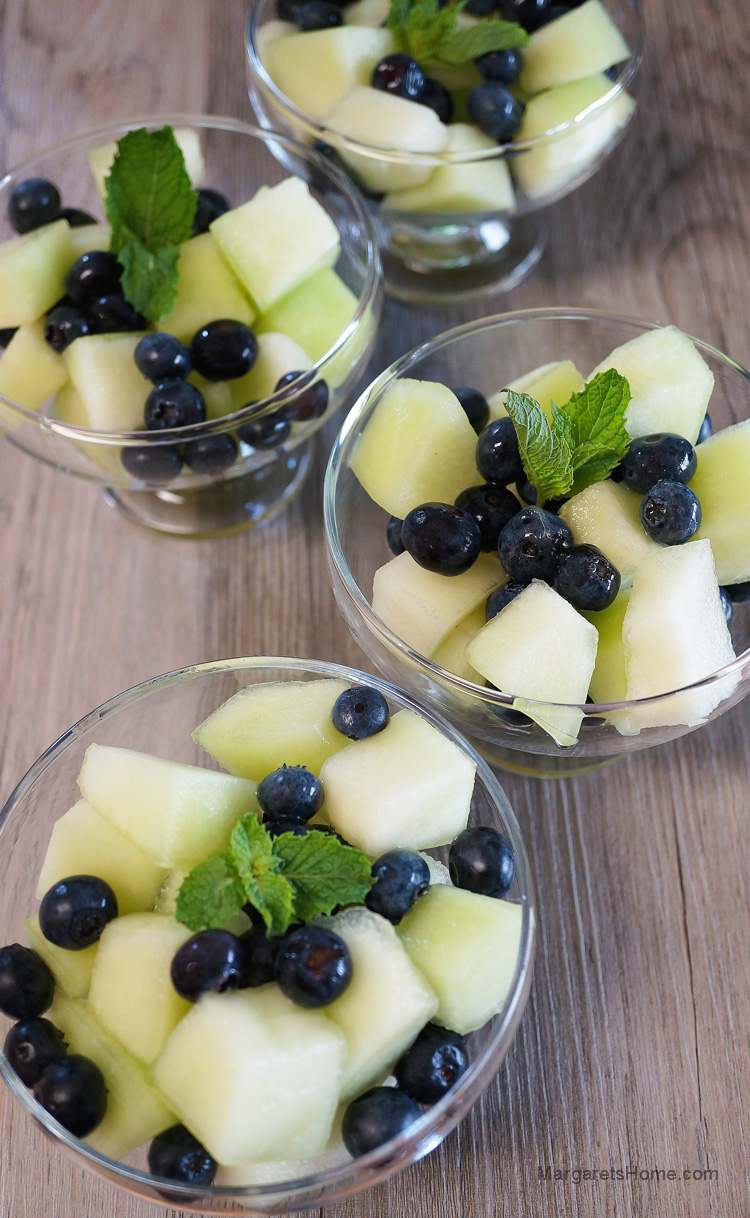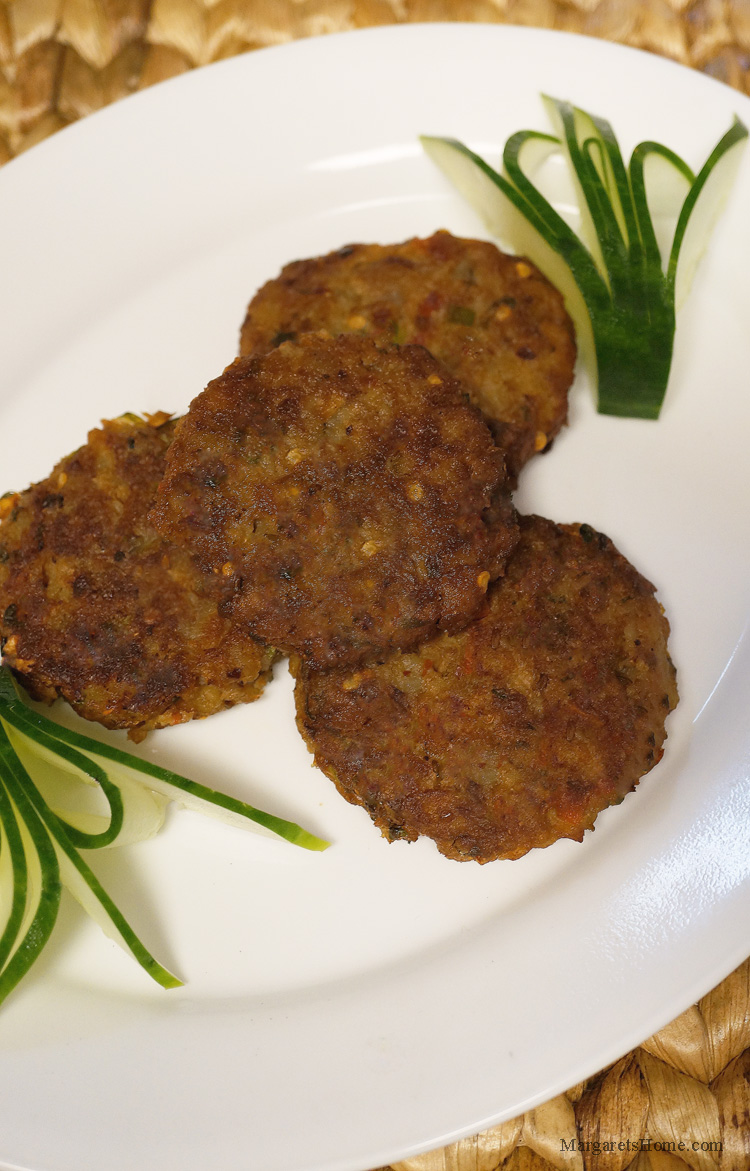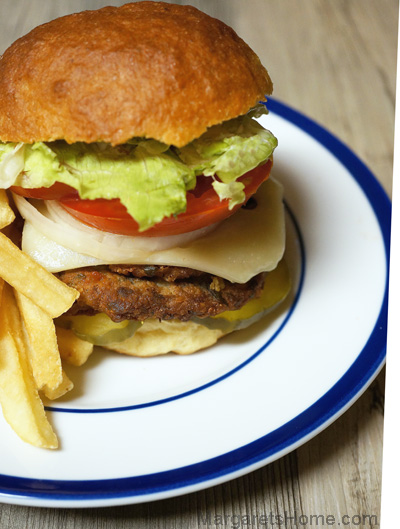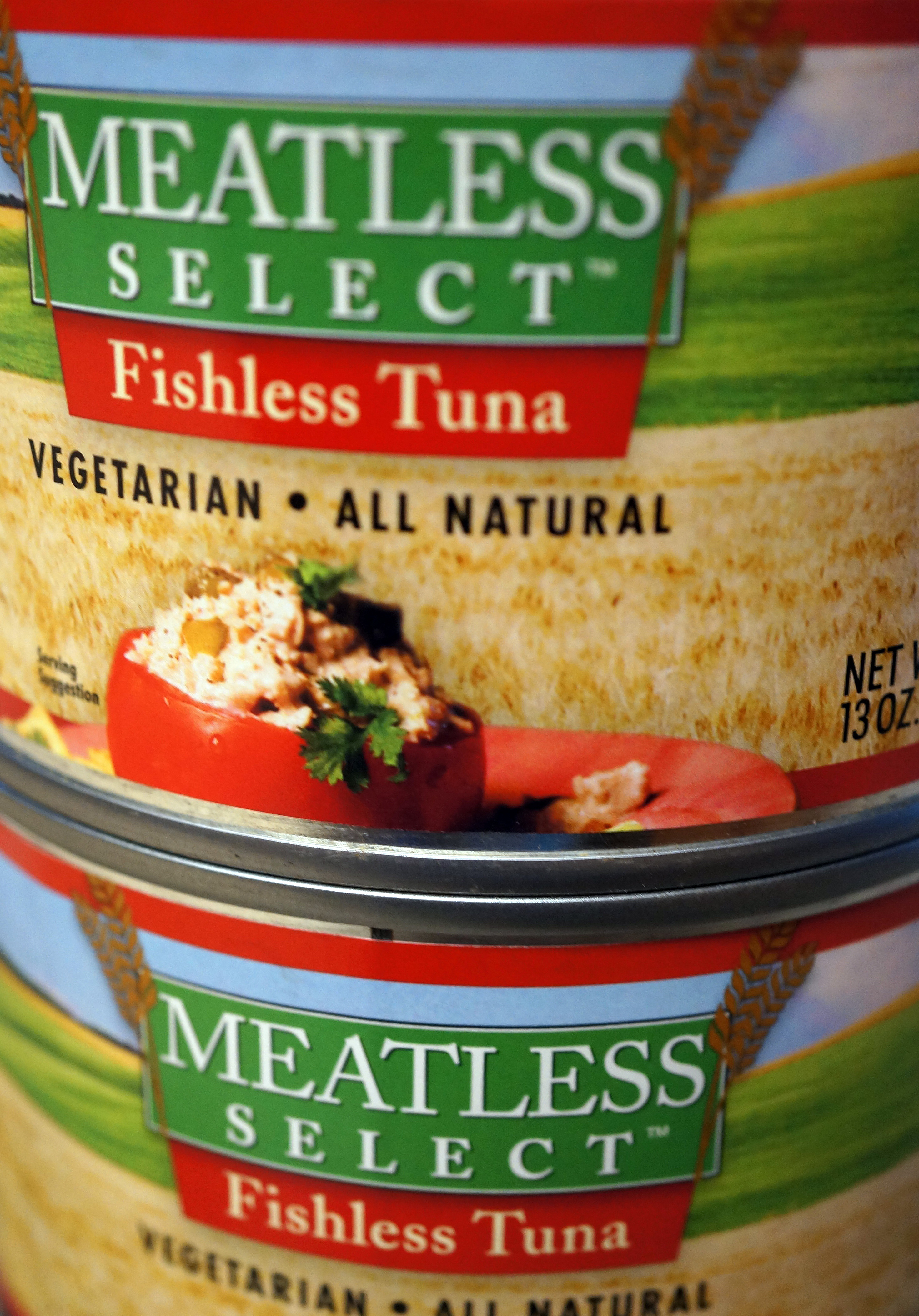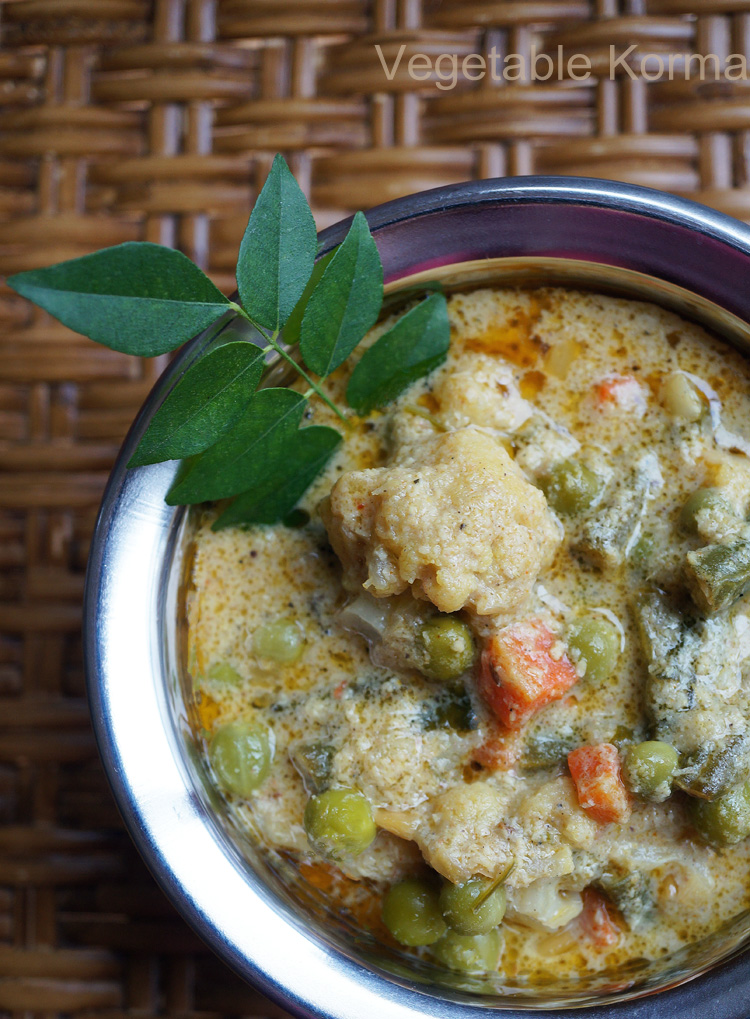 I love delicately spiced, creamy, flavorful Indian curries. When my friend asked me to make vegetable korma for a potluck, I happily obliged. Some time ago, I shared with you the recipe for Korma with Potato and Peas. In that post, I also introduced you to an interesting spice called black stone flower, (patthar ke phool in Hindi, dagad phool in Marathi and kalpasi in Tamil). If you tried the korma with potato and peas, you will find this recipe easy to follow. It’s also quite healthy.
I love delicately spiced, creamy, flavorful Indian curries. When my friend asked me to make vegetable korma for a potluck, I happily obliged. Some time ago, I shared with you the recipe for Korma with Potato and Peas. In that post, I also introduced you to an interesting spice called black stone flower, (patthar ke phool in Hindi, dagad phool in Marathi and kalpasi in Tamil). If you tried the korma with potato and peas, you will find this recipe easy to follow. It’s also quite healthy.
Use a medley of vegetables, that you enjoy the most, to make this dish. I used potatoes, carrots, green beans, cauliflower, and peas. I diced and chopped them into medium size pieces so they would all cook in the same amount of time. I used cashew nuts and coconut to thicken the gravy. You will notice in the ingredients that I’ve listed 2-4 cloves, (depending on your taste). Adjust the amount of cloves and chillies to suit your taste.
Don’t let the long list of ingredients discourage you from trying this recipe. It’s a dish that you will make over and over again.
Vegetable Korma – Delicately Spiced Indian Vegetable Curry
Prep time: 15 minutes
Cook time: 20 minutes
Serve: 8
Ingredients:
4 tablespoons coconut oil or ghee
1-inch piece of cinnamon, broken in half
2-4 cloves, (depending on your taste)
1 star anise
2 pieces of black stone flower, (optional)
½ a petal of mace, (optional)
¼ teaspoon cumin seeds
1/8 teaspoon fennel seeds
1 cup finely chopped onion
2 teaspoons ginger-garlic paste
3 green chillies, (optional, depending on heat and your preference)
1 Roma tomato, (cut, deseeded & diced)
¼ teaspoon turmeric powder
1 teaspoon chilli powder
1 teaspoon coriander powder
½ teaspoon cumin powder
½ teaspoon garam masala powder
1 can coconut milk
4 cups mixed vegetables, (diced and chopped into medium pieces)
1 cup water
4 mint leaves, (optional)
salt
2 tablespoon finely chopped cilantro
To be ground to a paste:
½-inch piece cinnamon, broken into bits
2 cardamoms, outer cover removed
2 cloves
½ bay leaf, (broken into small pieces)
1 teaspoon fennel seeds
4 small pieces of black stone flower, (optional)
10 cashew nuts, (soaked in ¼ cup hot water for 15 minutes)
½ cup grated fresh coconut
Directions:
First, prepare the ingredients to be ground. Add the dry spices (cinnamon, cardamoms, cloves, bay leaf, fennel seeds, black stone flower) to your spice grinder and powder them. Next, add the cashew nuts along with the water it was soaking in and coconut. Grind everything to a smooth paste. Set aside.
Add two tablespoons oil into a large pan and place it over high heat. Add the vegetables and fry them until they turn slightly brown around the edges. About five minutes. Remove into a large bowl. Turn the heat to medium-low. Add the remaining two tablespoons of oil into the same pan. Add the whole spices – cinnamon, cloves, star anise, black stone flower, mace, cumin, and fennel seeds. Sauté for 30 seconds and then add the onion. Cook, stirring occasionally, until the onion turns translucent. Add the ground ginger-garlic paste and cook until the raw smell disappears. Slit the green chillies and add. Sauté for 30 seconds and then add the chopped tomato, turmeric, chilli, coriander, cumin, and garam masala powder. Stir and cook for one minute. Add the coconut milk, vegetables, and ground paste, water, mint, and salt. Stir so all the ingredients are well combined. Cook on medium-high heat until the gravy begins to boil. Turn the heat to medium-low and cook for eight minutes. The vegetables should be cooked but still hold their shape. Garnish with chopped cilantro. Enjoy vegetable korma with plain rice and dal or rotis.

